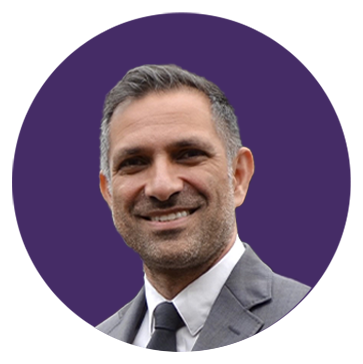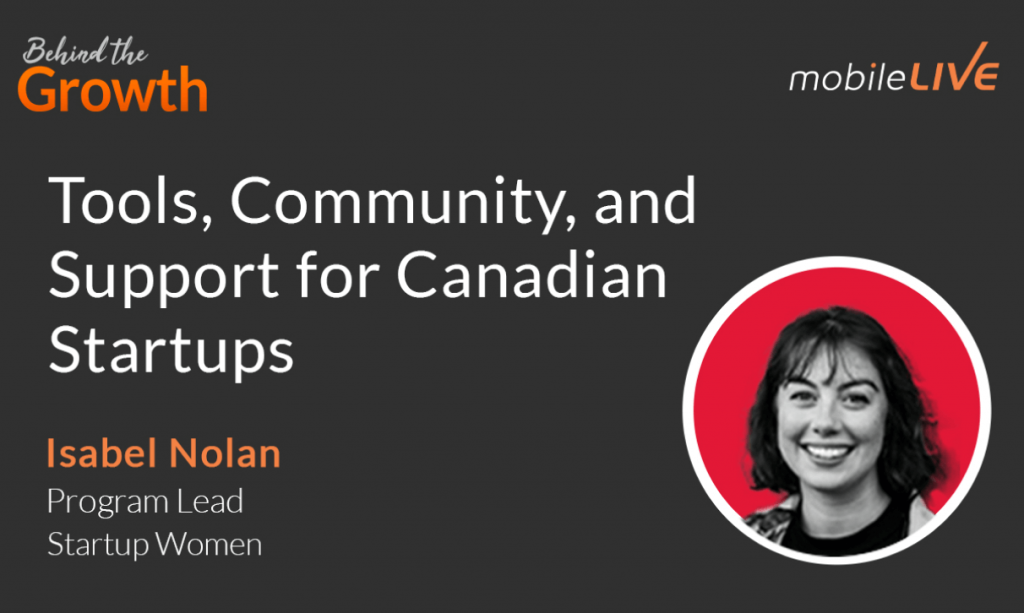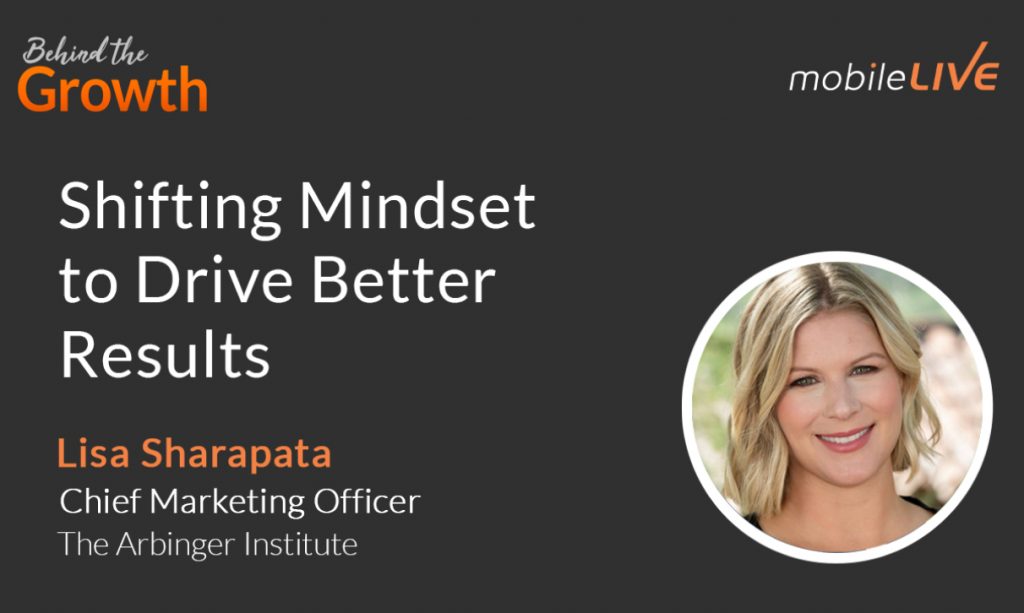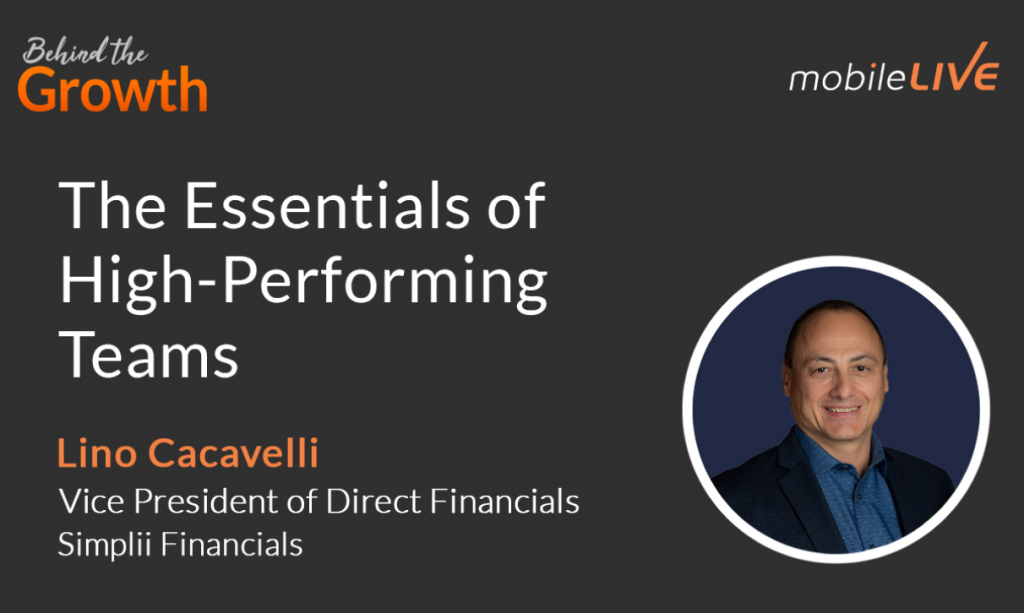Key Insights
Digital transformation is here to stay, as more companies of different sizes and in industries are going through it. It’s clear that the shift is not primarily about having the right tools; it’s about building a customer-centric culture and then building a tech stack and processes around it. “I’ve seen that the digital transformation is also transformed by itself. Now, we are looking at how we interact, as corporations, with the customers and end users. I like to call it humanized digital transformation because it is not just about technology; it is not about, ‘I have a process that was working in silos or independently or manual work, and I have to digitize those processes.’ It is how the customers interact, how they want to interact with the companies, and what is their preference.”
Growing your customer base is critical, but retaining users is what sets you up for long-term success. Thus, it is of the utmost importance to not present yourself as a vendor but as a partner who is open to understanding your customers’ specific needs and meeting them where they are, even when their preferences change. “The customers are in high demand and in the control seat. They want to have options; they want to be able to choose the options; they need to have a good understanding of what those options are and what are the benefits for them and be able to make decisions and transactions as easily as they can, within a few clicks. And then, if they make a mistake, they’d be able to get their money refunded and return the product quickly and easily — again, within a few clicks.”
Team wins should be above individual wins. Such an approach, however, doesn’t neglect personal development and helping a team member grow professionally. On the contrary, it’s about supporting talent and building a team of exceptional individuals dedicated to working on a shared goal. “We have a tremendous amount of talent out there, but finding the right talent for your organizations who can deliver towards the OKR is important. So, finding talent, retaining talent, and making sure that the talent is in power. Leaders should be coaches. So, you are not a manager anymore. Instead, you need to bring the right talent; you need to identify the right talent that can fit with your team, and then make sure that you coach them — as opposed to managing them.”
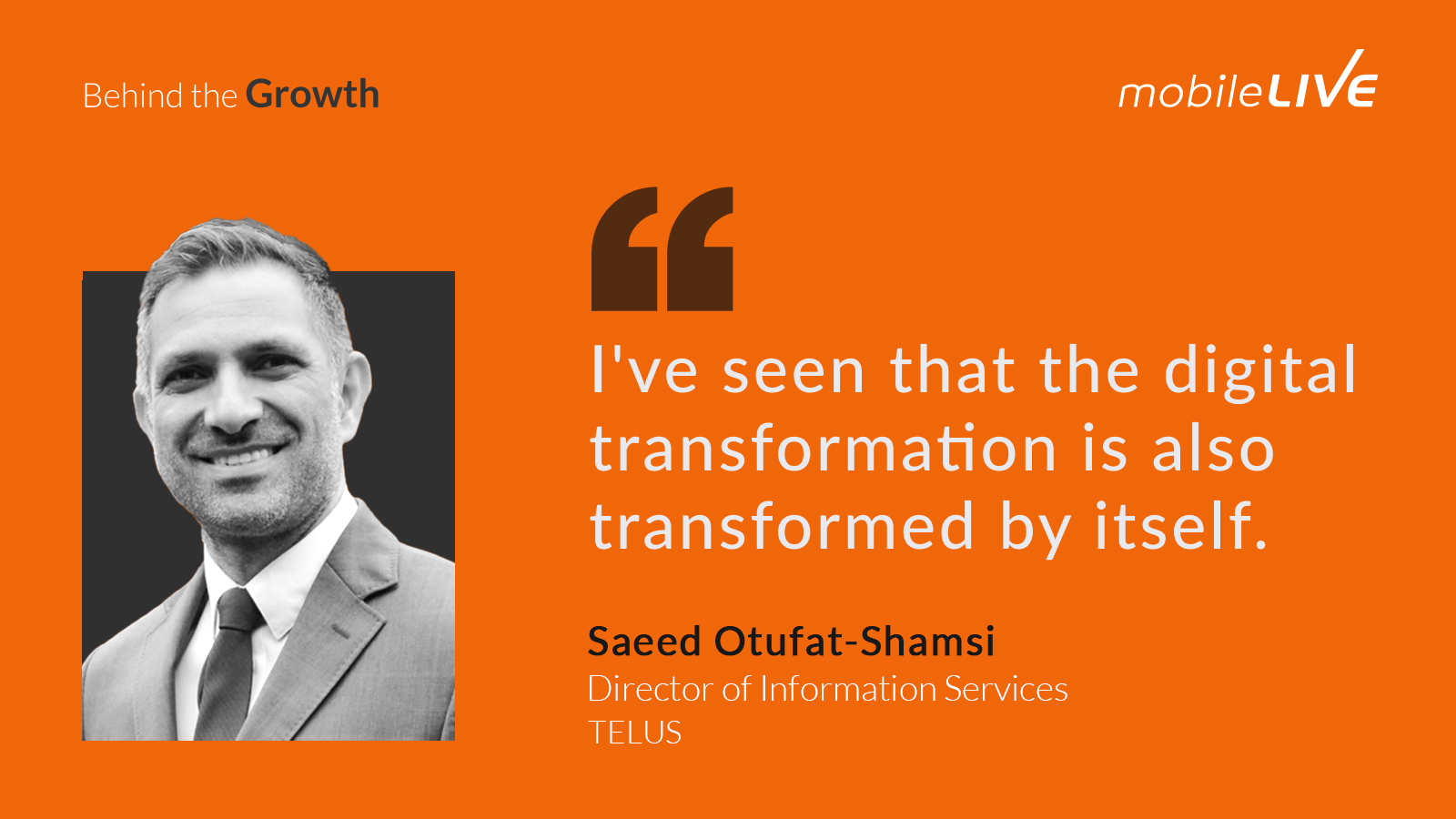
Episode Highlights
When the Start of Your Career Coincides With Technological Evolution, You Witness Every Transformation in the Field
“I have a long journey in information systems and technologies, and I’ve seen many transformations throughout the last 25 years in the industry.
Sometimes you can look at the transformation as being a different approach. The whole movement to get to Web 1.0 started 25 years ago. And now that we are almost at the tail of Web 2.0, we are beginning to move to Web 3.0.
And then, along the way, what has happened in the last couple of years that we have seen in the world during the COVID — a massive amount of the transformation has started.
So, I’ve been witnessing these transformations in business, and how technology can evolve companies and move from point A to point B and then progressing in how they are interacting with customers, how they are servicing customers, and how the customer’s behavior has changed.”
Humanized Digital Transformation Is All About the Customer Journey
“The whole DIY movement on purchasing — lots of the customers prefer to do it on their own. They prefer to do it at a time that is convenient for them. It could be two in the morning. It could be during the daytime or the evening. Is the corporation giving me enough tools, enough systems I’m looking for? At the same time, can I have timely advice if I need someone to help me decide?
The journey would be more important than anything else — the customer journey. And then, the seamless movement from digital to brick-and-mortar and to come back to digital maybe, or to finish it up anyway. That is a humanized digital transformation.
It is looking at where the customers are moving and how I can help customers along the way. I can simplify the customer’s journeys so that they can do most of the stuff on their own and then reach out to me if they need advice.”
The Customer Journey Doesn’t End With the Purchase of a Product/Service
“Everyone is focused on the sales. But then, retention for the organization is important. So, how can I retain the customers so that they are happy working with me at the end of the next two years? They want to get a contract with my company for the next two years, not go to my competitors.
So, that will be the differentiator for the organizations in this industry. Not that I have to give them the best product or the best price plan, which is important. With this inflation that everyone is impacted by, it is important to know how much it is going to cost me. But another aspect is that I have to be with this company for the next two years. Is the company providing the service I need for the next two years?”



